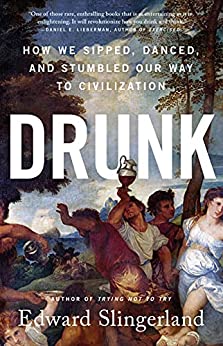Durkheim, viewed music, ritual, and dance as the key cultural technologies employed to create the “collective effervescence” that bound together traditional cultures. The influential theorist Roy Rappaport similarly argued that “the ritual generation of communitas often rests in considerable degree on ritually-imposed tempos, on their repetitiveness and, more fundamentally, on their rhythmicity.”99 More recent work in the cognitive science of ritual has followed this lead, with researchers focusing on ritual components such as physical synchrony. One study, for instance, found that getting
...more
Welcome back. Just a moment while we sign you in to your Goodreads account.


